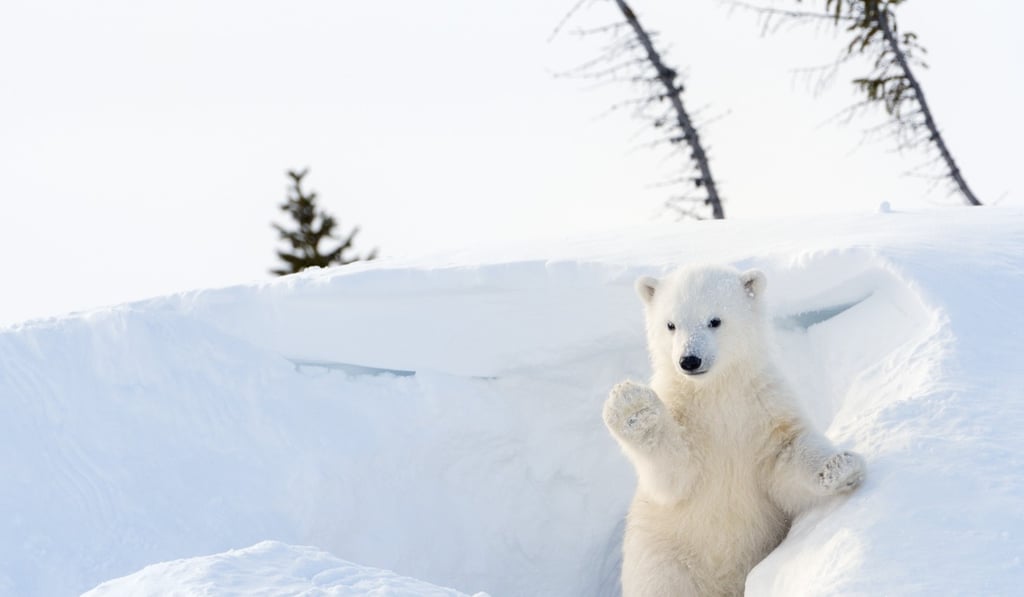How to check how much snow has really fallen
Winter is coming, but don't just hide inside - here's how to measure snow like a pro

Most people’s reaction to heavy snow tends to be either “Snow day! Time to catch up on Netflix!” or “All my plans are RUINED!” But you’re a weather geek, the first thought that crosses your mind might be “How much has fallen?” Grab a ruler, and head out. The answer should be easy enough, right?
Not quite. As with anything else, there are rules.
Before exploring the most scientific method, let’s talk about how we can all get better snow measurements without much or any pre-planning.
‘Good enough’ technique
To begin, if possible, it’s best to avoid measuring on the grass. Air caught in between tall blades will add extra accumulation. The last thing you want to be known as is a snow exaggerator. But, if you have no choice, measuring on low-trimmed grass is okay.
Flat and level surfaces are preferable. Wood is probably the best, but picnic tables, car tops, or flat trash can lids also work.

Pay attention to potential obstructions in and around your measurement spot. You don’t want to measure under a tree, which can intercept snow. Also try to find spots some distance away from buildings that can influence amounts by blocking or funneling wind. For this reason, decks or patios adjacent to homes can be a problem, even though they’re otherwise very good surfaces for measuring.
Once you find an undisturbed spot, or several, you’ll want to take at least a handful of measurements. The more the merrier, but three to five should be enough. Try to round amounts to the nearest tenth of an inch (or millimetre if you’re metric), but a quarter inch works in a pinch.